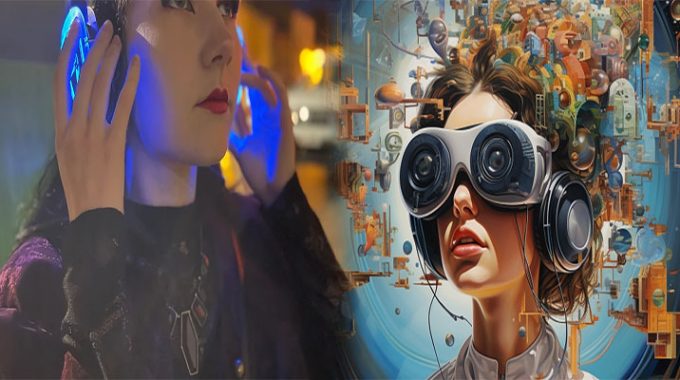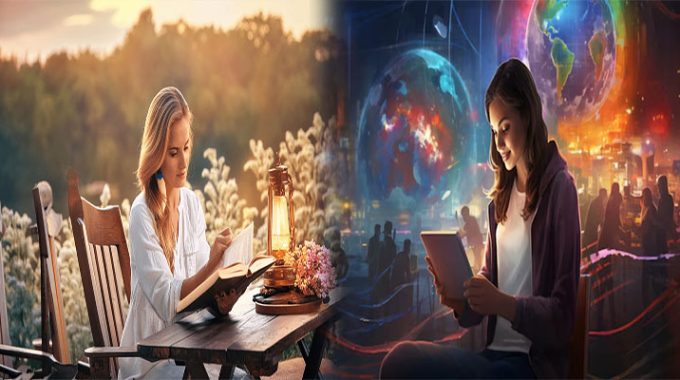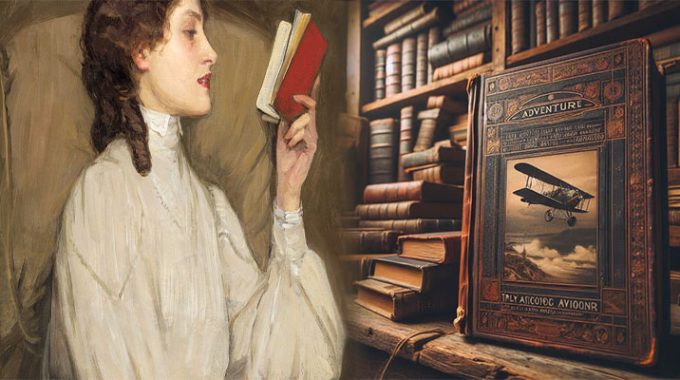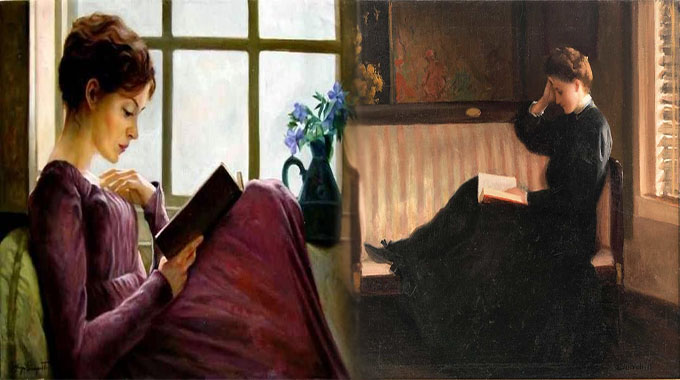Exploring the Intersection of Literature and Art: Female Artists Embracing Literary Themes in Their Work
Literature has long been a source of inspiration for artists, providing a rich tapestry of narratives, characters, and themes that fuel creative expression and artistic interpretation. Female artists, in particular, have been at the forefront of incorporating literary themes into their work, infusing their art with depth, meaning, and a unique storytelling quality that resonates with viewers on a profound level. By drawing from the rich well of literary traditions and narratives, these female artists elevate their work to a new dimension, inviting audiences to explore the intricate connections between words and images, stories and visualizations. Let us delve into the world of female artists who skillfully weave literary themes into their artwork, creating a mesmerizing fusion of literature and art that captivates and inspires.
1. Frida Kahlo:
- The iconic Mexican artist Frida Kahlo is renowned for her deeply personal and emotive paintings that draw inspiration from her tumultuous life












